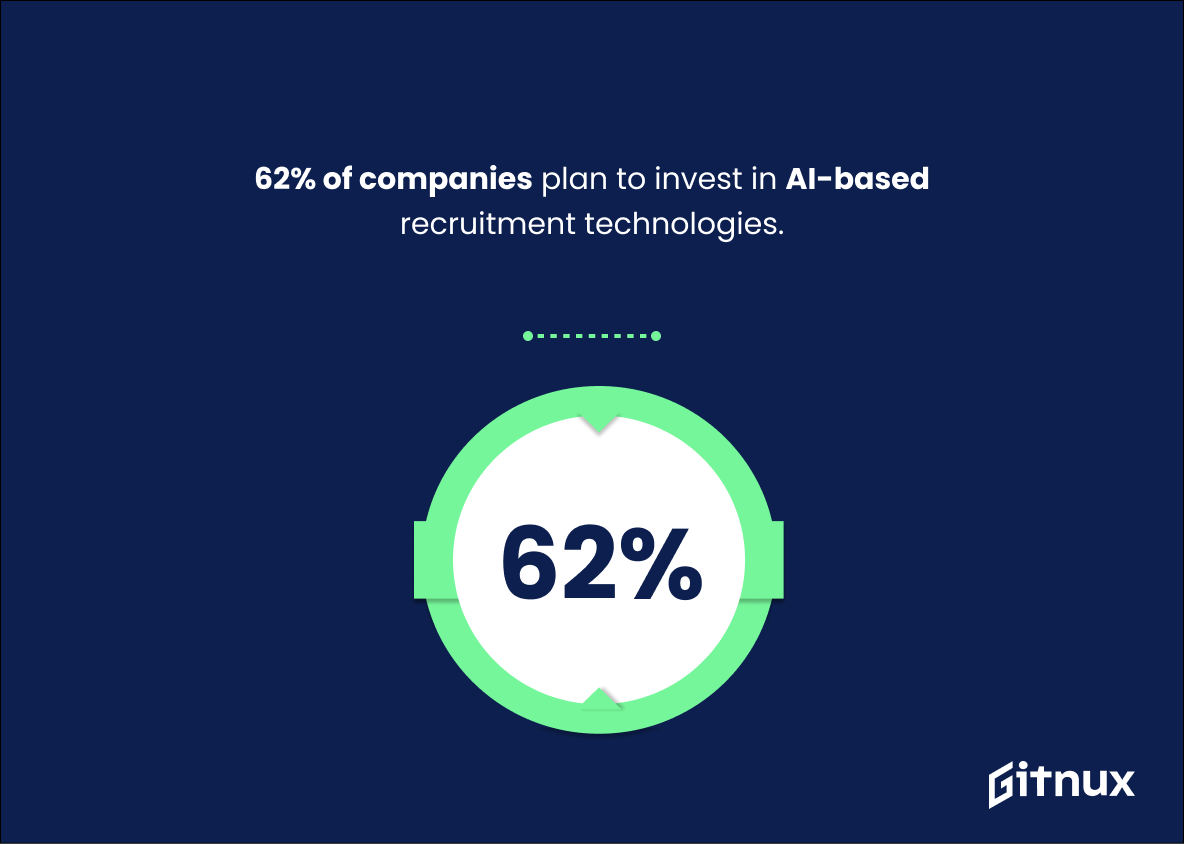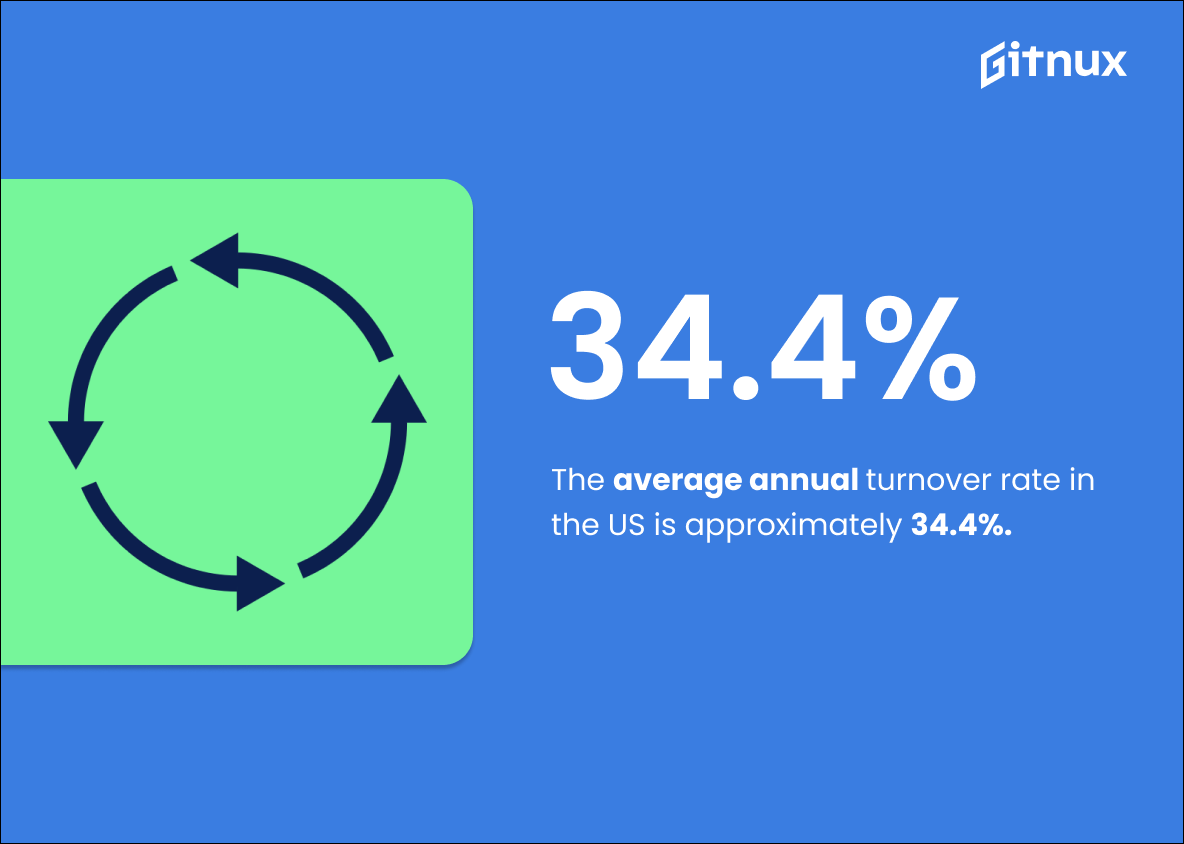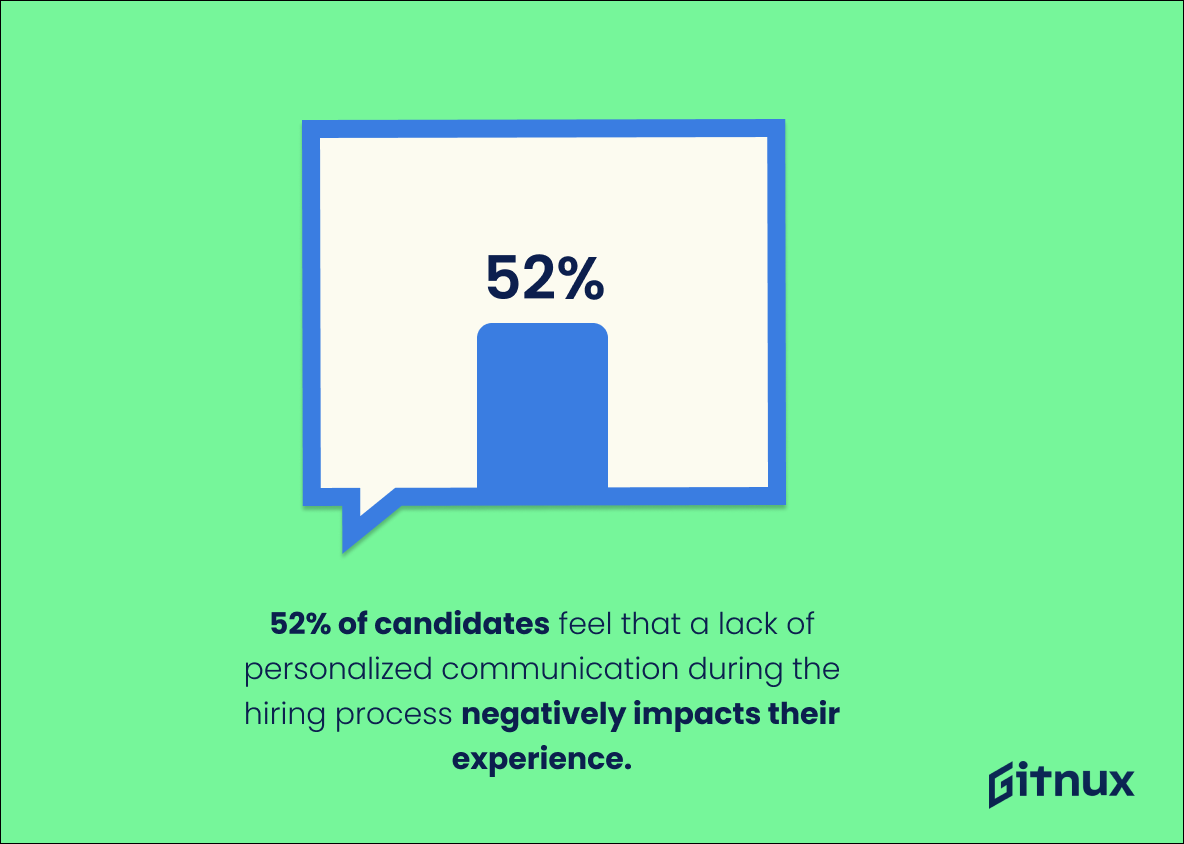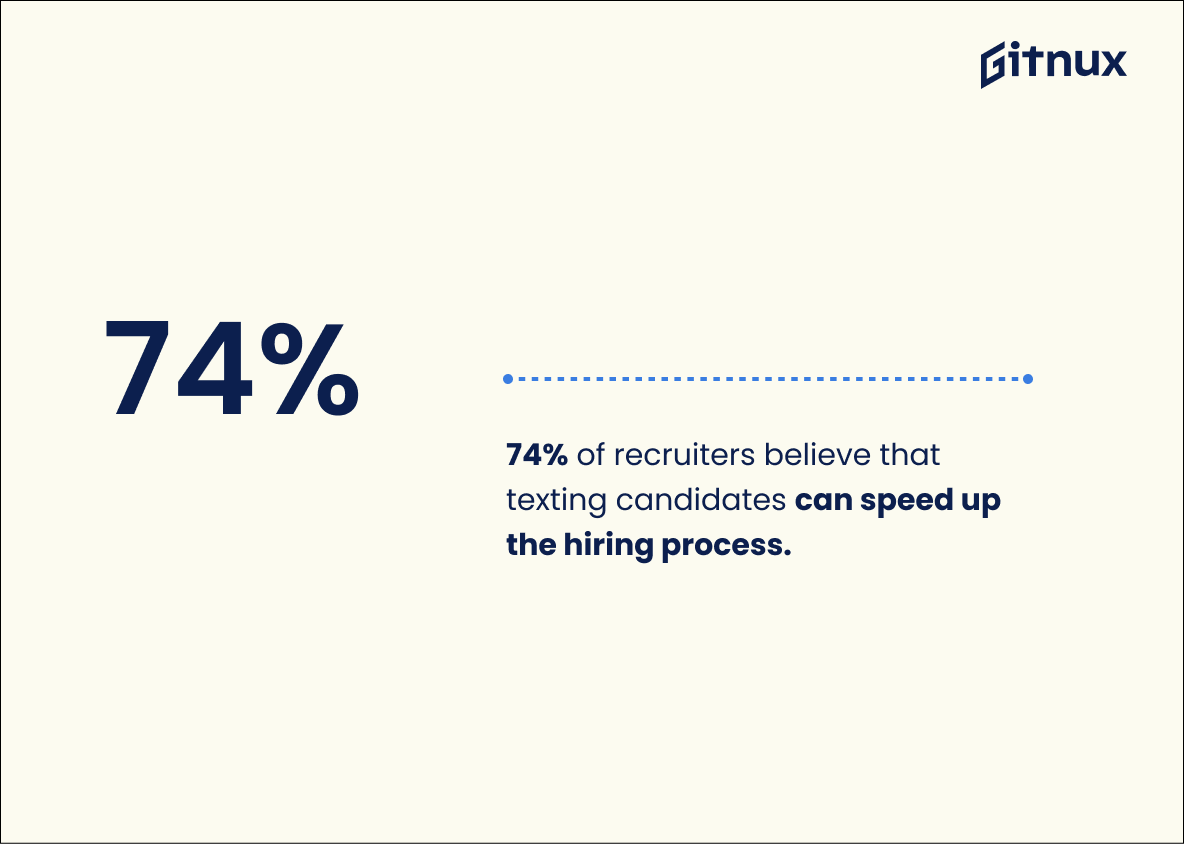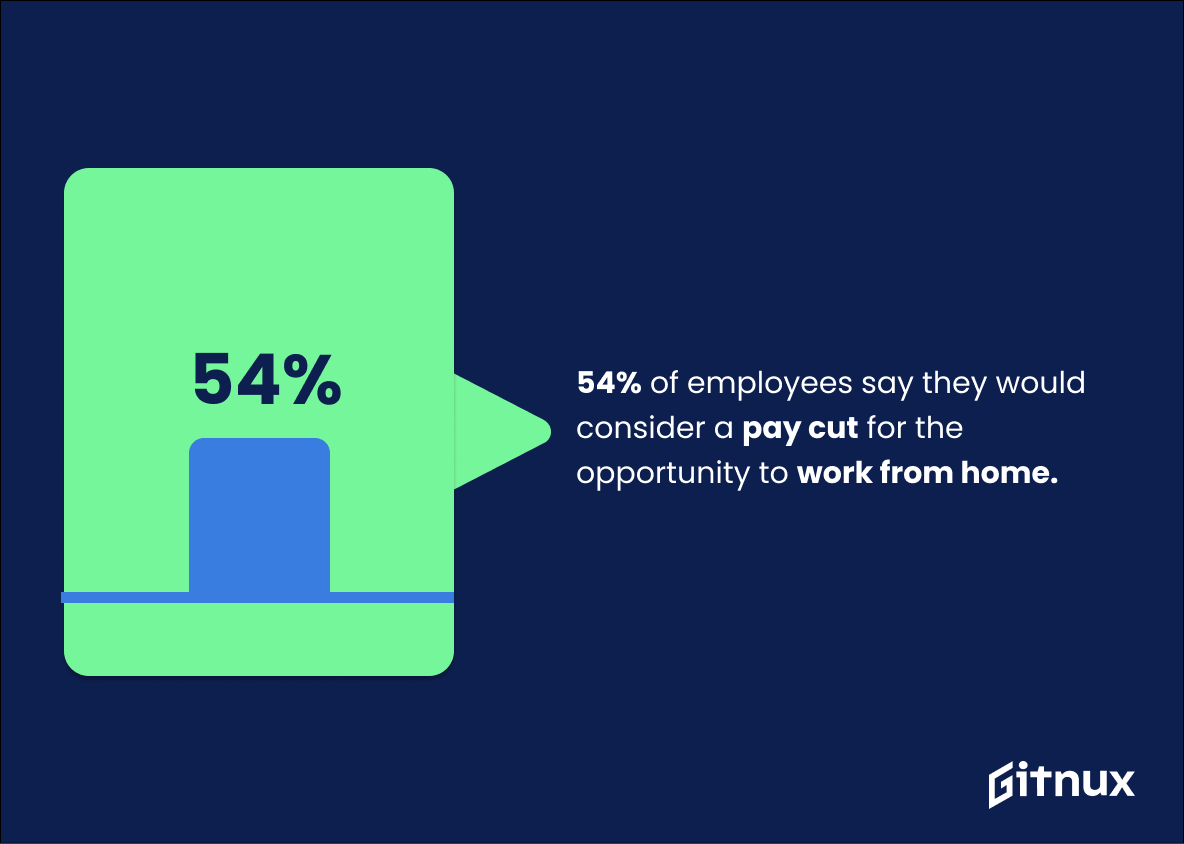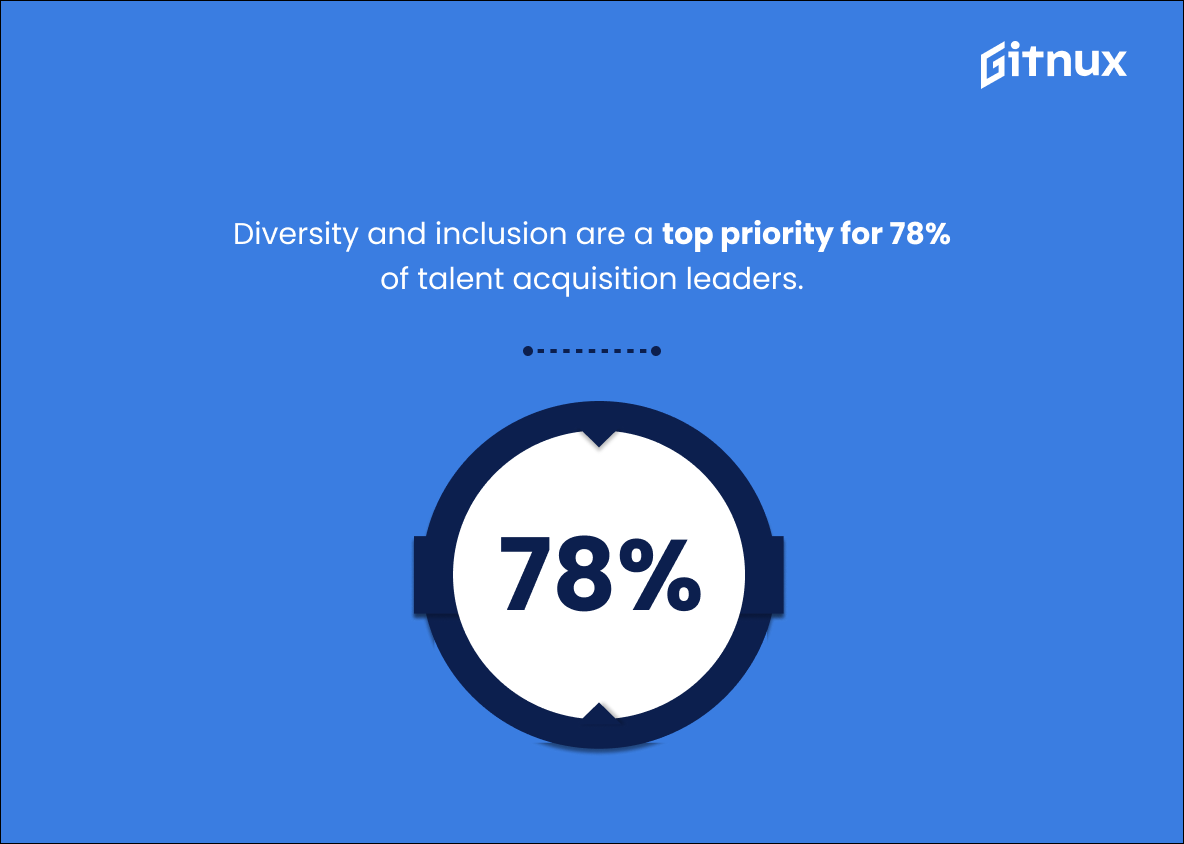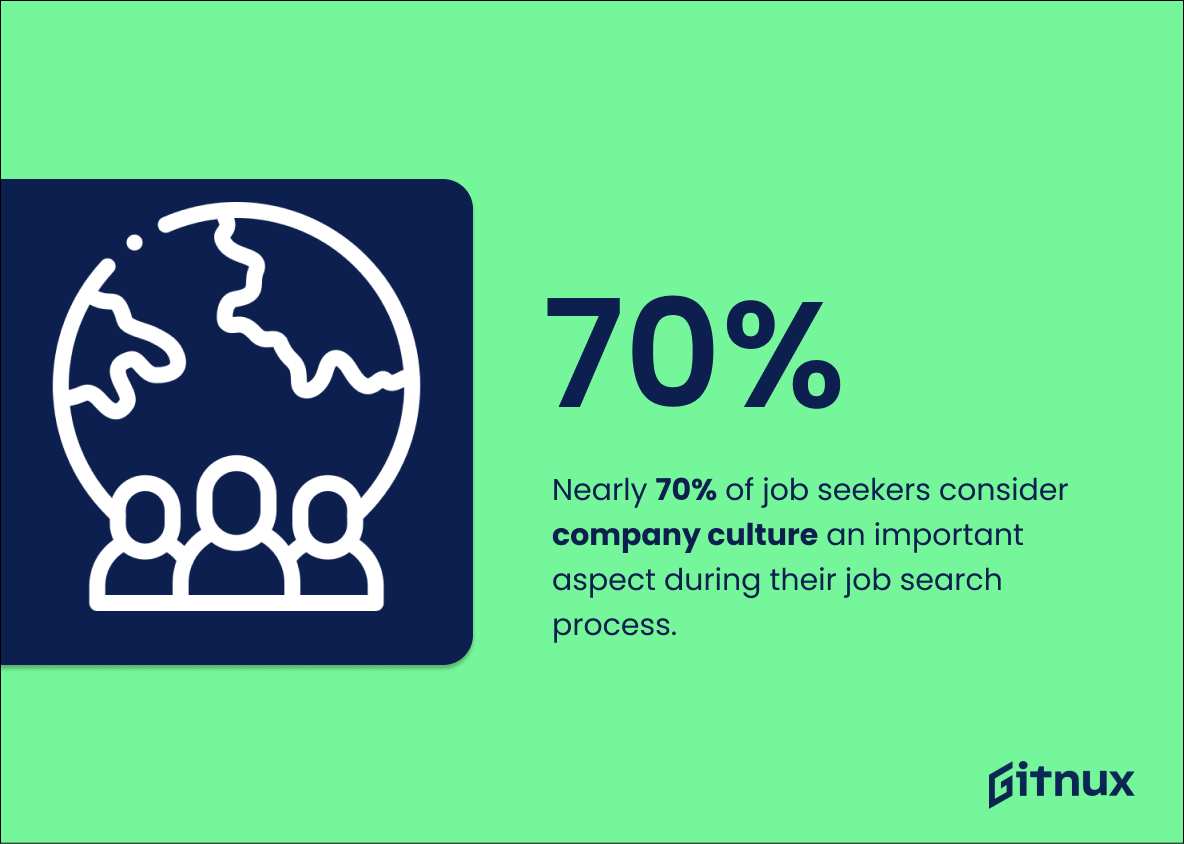Recruitment is an important part of any business, and understanding the latest recruitment statistics can help employers make informed decisions about their hiring process. This blog post will explore 20 different recruitment statistics from 2020 that provide insight into how long it takes to fill a vacant position, which sources recruiters use for finding candidates, the size of the global recruitment market, how long job searches typically last for applicants, what percentage of hires come from passive candidate sourcing methods such as referrals or social media platforms like LinkedIn and more. We’ll also look at average cost-per-hire figures and examine trends in AI technology adoption by recruiters as well as employee turnover rates. Finally we’ll discuss employer branding strategies and diversity initiatives related to recruiting efforts. By exploring these key metrics associated with modern day recruiting practices this article aims to give readers a better understanding of current industry standards so they can optimize their own processes accordingly.
Recruitment Statistics Overview
The global recruitment market size has grown to $24.9 billion in 2020.
This statistic is a testament to the immense growth of the recruitment market, highlighting the importance of recruitment in today’s world. It shows that recruitment is a booming industry, with more and more companies investing in it to find the right talent for their businesses. This statistic is a clear indication that recruitment is an essential part of any successful business, and that companies are willing to invest in it to ensure they have the best people on board.
Passive candidate sourcing accounts for 75% of hires.
This statistic is a powerful reminder of the importance of passive candidate sourcing in the recruitment process. It highlights the fact that the majority of successful hires come from candidates who are not actively looking for a job, but rather are identified and approached by recruiters. This underscores the need for recruiters to be proactive in their search for talent, rather than relying solely on job postings and applications.
Candidates with strong referrals are nearly 4 times more likely to be hired.
This statistic is a powerful reminder of the importance of referrals in the recruitment process. It highlights the fact that having a strong referral can be a major factor in a candidate’s success, and that employers should take referrals into account when making hiring decisions. This statistic also serves as a reminder that employers should strive to create a referral-friendly environment, as it can lead to more successful hires.
The average cost-per-hire is around $4,129.
This statistic is a valuable insight into the cost of recruitment, providing a benchmark for businesses to measure their own recruitment costs against. It is an important factor to consider when planning a recruitment strategy, as it can help to inform decisions about budgeting and resource allocation. Knowing the average cost-per-hire can help businesses to make informed decisions about how to best allocate their recruitment budget and resources.
62% of companies plan to invest in AI-based recruitment technologies.
This statistic is a telling indication of the direction the recruitment industry is heading in. It shows that the majority of companies are recognizing the potential of AI-based recruitment technologies and are investing in them to improve their recruitment processes. This is a clear sign that AI-based recruitment technologies are becoming increasingly popular and are likely to become the norm in the near future.
The average annual turnover rate in the US is approximately 34.4%.
This statistic is a crucial indicator of the health of the US labor market. It reveals the rate at which employees are leaving their jobs, which can be an indication of the difficulty of finding and retaining qualified personnel. High turnover rates can be costly for businesses, as they must continually invest in recruiting and training new employees. This statistic is therefore an important factor to consider when discussing recruitment statistics.
52% of candidates feel that a lack of personalized communication during the hiring process negatively impacts their experience.
This statistic is a powerful indicator of how important personalized communication is in the recruitment process. It highlights the need for employers to take the time to get to know their candidates and make them feel valued. By understanding the importance of personalized communication, employers can create a more positive experience for their candidates and ensure that they are more likely to accept a job offer.
74% of recruiters believe that texting candidates can speed up the hiring process.
This statistic is a powerful indicator of the potential of texting candidates to revolutionize the recruitment process. It shows that recruiters are recognizing the value of this technology and are willing to embrace it as a way to expedite the hiring process. This statistic is especially relevant in a blog post about recruitment statistics, as it provides a clear indication of the direction the industry is heading in.
54% of employees say they would consider a pay cut for the opportunity to work from home.
This statistic is a telling indication of the changing landscape of recruitment. It shows that employees are increasingly valuing the flexibility of working from home over a higher salary, which could have a significant impact on the way employers approach recruitment in the future.
Diversity and inclusion are a top priority for 78% of talent acquisition leaders.
This statistic is a powerful indicator of the importance of diversity and inclusion in the recruitment process. It shows that the majority of talent acquisition leaders recognize the value of creating a diverse and inclusive workplace, and are taking steps to ensure that their recruitment practices reflect this. This is an encouraging sign for those looking to create a more equitable and inclusive workplace, and it is a reminder that recruitment practices should be designed to promote diversity and inclusion.
Nearly 70% of job seekers consider company culture an important aspect during their job search process.
This statistic is a powerful reminder of the importance of company culture in the recruitment process. It highlights the fact that job seekers are increasingly looking for organizations that align with their values and beliefs, and that they are willing to invest time and effort into researching potential employers. This means that employers must be aware of the importance of creating a positive and welcoming company culture in order to attract the best talent.
Conclusion
From these recruitment statistics, it is clear that the hiring process has become increasingly complex and competitive. Companies are investing in emerging technologies to speed up their recruitment processes while also focusing on creating a positive candidate experience. Additionally, employers are prioritizing diversity and inclusion initiatives as well as emphasizing company culture when recruiting new talent. Finally, employee referrals remain one of the most successful methods for finding qualified candidates quickly and efficiently.
References
0. – https://www.statista.com
1. – https://www.bls.gov
2. – https://www.icims.com
3. – https://www.textrequest.com
4. – https://www.slideshare.net
5. – https://www.ibm.com
6. – https://www.resources.owllabs.com
7. – https://www.ghrr.com
8. – https://www.theleadershipnetwork.com
9. – https://www.shrm.org
10. – https://www.talentnow.com
11. – https://www.socialtalent.com




